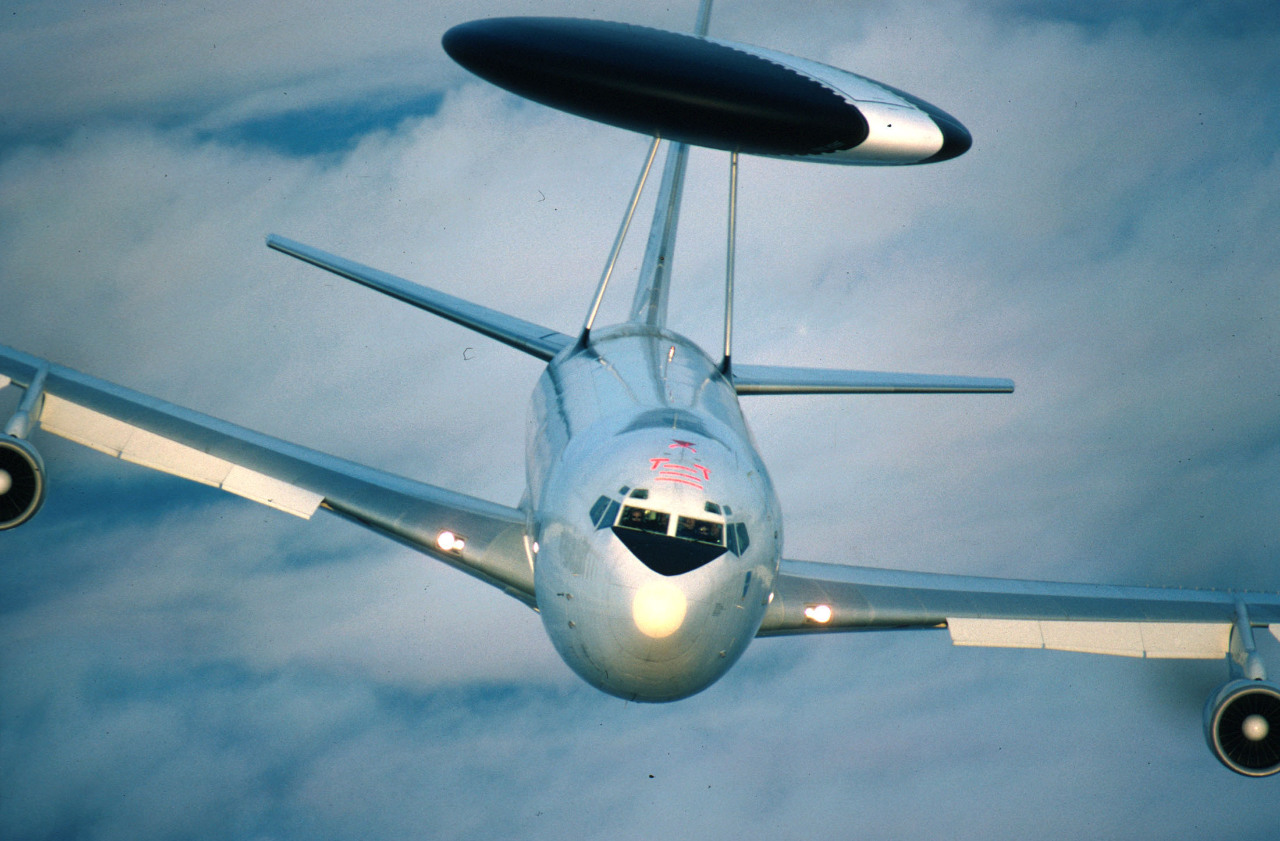NATO has released its annual update of defence spending data for its 28 member states. Europe's contribution is slowly increasing.
NATO has released its annual update of defence spending data for its 28 member states. The figures are of particular interest this year following the outspoken criticism of U.S. president Donald Trump, who has accused European countries of not carrying their fair share of the financial burden. Such charges from the U.S. administration are not new, but the rhetoric has been taken to a higher level since the new president took office.
What do the figures show? On the positive side, after years of decline, defence spending by NATO Europe and Canada is expected to rise for the third year running — 4.3% in 2017, following 3.3% and 1.8% in 2016 and 2015, respectively. This represents an increase of $27bn since 2014, based on 2010 prices and exchange rates.
However, looking at defence expenditure as a percentage of GDP, the NATO Europe/Canada contribution has increased only marginally, from 1.40 to 1.46%, while the U.S spends around 3.6% of GDP on defence, well above the NATO guideline of 2%.
Only six NATO members are expected to reach the 2% target in 2017: the U.S. (3.58%), Greece (2.32%), Estonia (2.14%), UK (2.14%), Romania (2.02%) and Poland (2.01%). That’s one more than last year.
Data sources
NATO collects defence expenditure data from Allies on a regular basis. Each Ally’s Ministry of Defence reports current and estimated future defence expenditure according to an agreed definition of defence expenditure. The amounts represent payments by a national government actually made, or to be made, during the course of the fiscal year to meet the needs of its armed forces, those of Allies or of the Alliance.
NATO also makes use of up-to-date economic and demographic information available from the Directorate-General for Economic and Financial Affairs of the European Commission (DG-ECFIN), and the Organisation for Economic Co-operation and Development (OECD).
In view of differences between the definition of NATO defence expenditure and national definitions, the NATO figures may diverge considerably from those which are quoted by media, published by national authorities or given in national budgets. Equipment expenditure includes expenditure on major equipment as well as on research and development devoted to major equipment. Personnel expenditure includes pensions paid to retirees.
The cut-off date for information used in the NATO report was 26th June 2017. Figures for 2017 are estimates.

